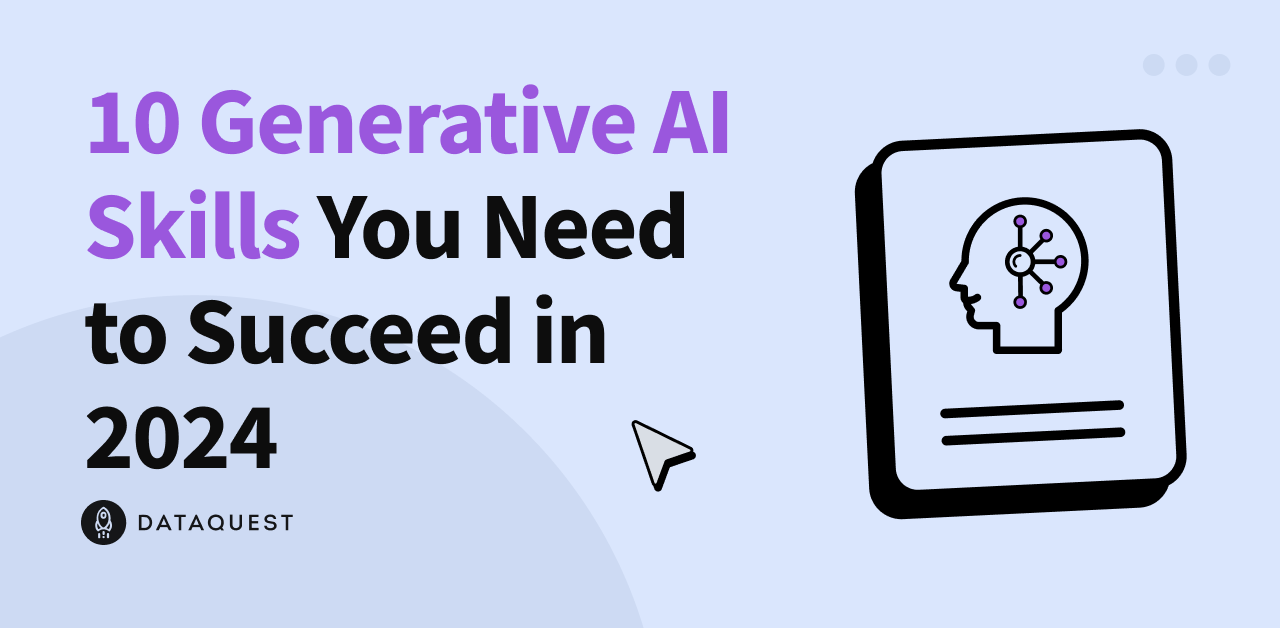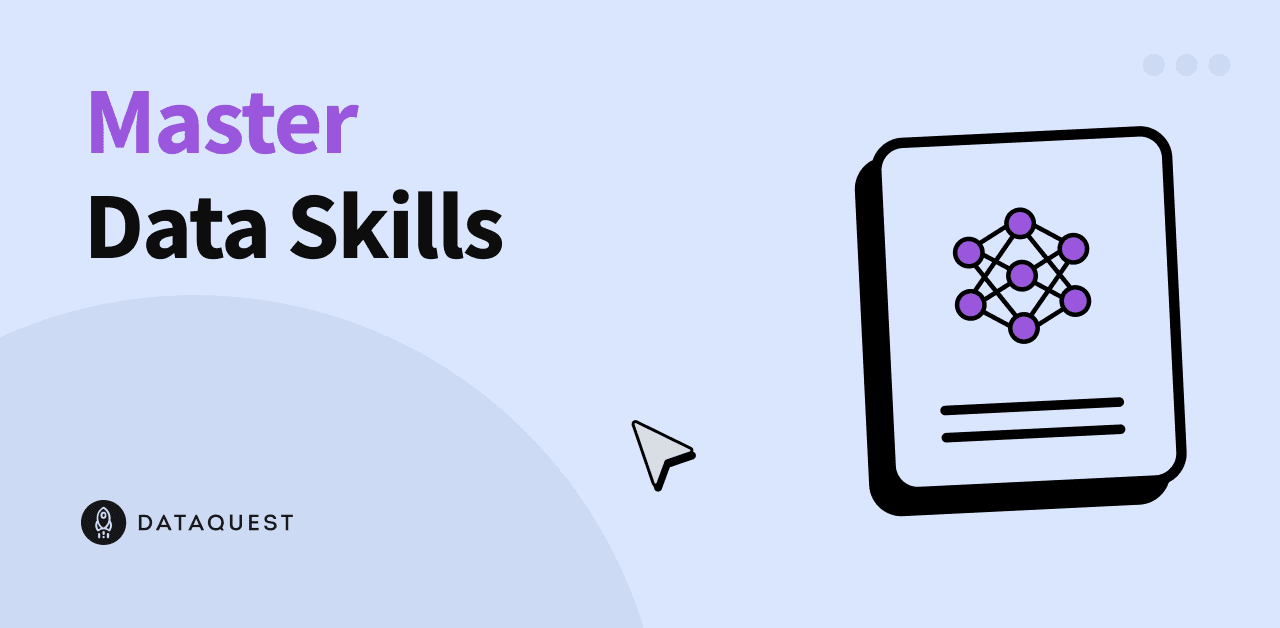Business Analysis and Business Intelligence — Explained!
Data is the most valuable resource in the world. Go ahead: google it. The secrets to an organization’s success (and survival) are hidden in 44 zettabytes of information generated by users, consumers, platforms, websites, and pretty much anything else you can think of with a digital footprint — all across the world. But, just like diamonds or oil, organizations have to refine data before it's of any use. And then, the quality of the data will influence everything from business strategy to software development to office communications. In 2022, it’s not an exaggeration to say “data is life.”
Business analysts and BI pros are data superheroes
With an increasing amount of data in industries and functions such as healthcare, supply chain management, transportation, finance, and education, organizations need more and more data superheroes who can generate meaningful insights. And who are those superheroes? Business analysts, data scientists, business intelligence analysts, and many more people who have learned how to work with data.
Business intelligence professionals deal with anything relating to data and its applications. That means reporting, analyzing, creating dashboards, running predictive analytics, and on and on. It’s a hugely critical field, having evolved from an interesting business niche into the crystal ball organizations use to see what’s going on in the world and how they fit within it. You can think of it like a periscope on a submarine. You can’t just look out the window in a sub if you want to see what’s going on — you can only trust your instruments and what you can see through the tiny lens in your periscope.
But business analysts and BI pros aren’t the only ones who wrangle data. Marketers, finance people, managers — everyone in an organization needs BI skills. A recent LinkedIn survey, for example, suggested that data analysis was one of the top growing skills in sales, marketing, and information technology. It’s everywhere now.
Remote work is becoming the new normal, demand for data and security analysis talent will only increase, and the customer journey is now intertwined with digital life. It’s not just about advertising anymore. It’s about understanding your audience, where they go, what they like, where they take vacations, if they have pets, the cars they drive, and what they watch on Netflix. Everything about anything is now valuable — as long as you can find the needles in the information haystack.
You, too, can develop BI skills
Yes, you too can be a periscope. Regardless of whether you’re a data pro or working in another function in your organization, BI skills are crucial (and transferable!). You take this vast ocean of information and filter it for something immediate and actionable — you give your organization a look at what’s outside the submarine. All based on data.
Business analysis is modernizing alongside business itself, so what can you expect with your new, updated skill-set? Business and technology are no longer separable, so BA is going to become less an obscure internal consultancy and more just a language everyone will speak as part of modern commerce.
Microsoft Power BI skills for powerful business intelligence
But what skills do people need to deal with data? They use many applications, but one of the most popular platforms in the world is Microsoft Power BI, used by more than 115 million people around the world — and growing. So what is it?
Microsoft Power BI is an industry-leading collection of software services, apps, and connectors that work together to convert unrelated sources of data into unified, actionable insights. So, whether you’re working with an Excel spreadsheet or a collection of cloud-based and on-premises hybrid data warehouses, Microsoft Power BI helps you connect your data sources, uncover insights, and visualize your findings.
According to prominent IT research company Gartner, Microsoft Power BI is the leading global platform for analytics and business intelligence, fourteen years running. That means that business analysis is only going to continue relying on best-in-class insights, which you can uncover with this versatile platform.
Launching our Power BI path
We’re launching our own Analyzing Data with Microsoft Power BI skill path! Developed in collaboration with Microsoft, this skill path will take you from complete beginner to fully proficient, and by the end, you’ll be ready for the Analyzing Data with Microsoft Power BI (PL - 300) certification exam provided by Microsoft — as well as the Dataquest Analyzing Data with Microsoft Power BI skill path certificate. In this path, you’ll learn how to model data, create reports, and build interactive dashboards to improve job performance — in only a few months.
Our courses are interactive and hands-on, meaning you won’t just be watching videos or reading support documentation. At Dataquest, we believe the only way to truly learn something is by doing it. You’ll come away from the skill path knowing how to navigate the Power BI interface; how to clean, transform, load, and structure data; how to design data models; how to create compelling, data-driven stories with meaningful visuals, dashboards, and reports; how to manage workspaces; and how to perform business analysis.
The Analyzing Data with Microsoft Power BI skill path will be available on March 21st, 2022. By the time you’ve completed the path, you’ll be able to do the following:
- Create a 360-view of company or customer data
- Identify business weaknesses and opportunities
- Help make better business decisions
- Create meaningful, shareable dashboards

